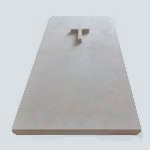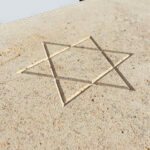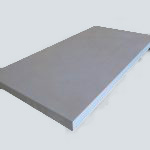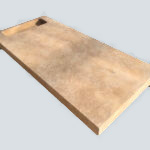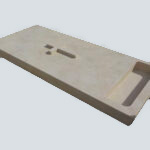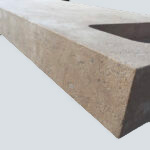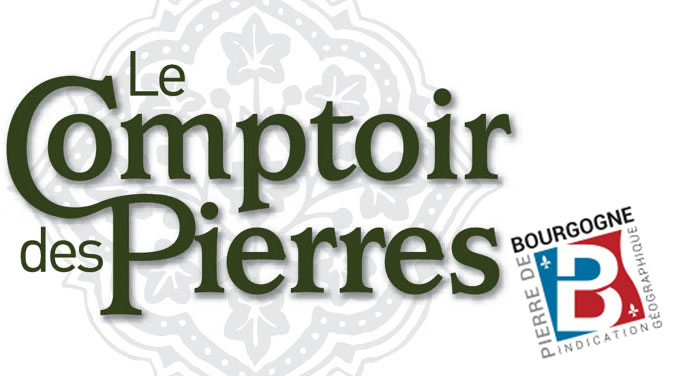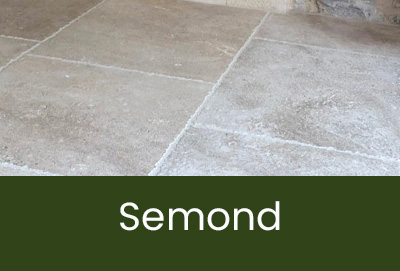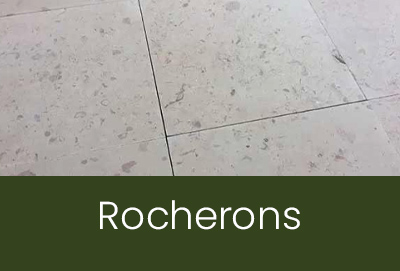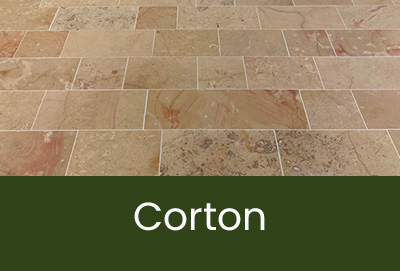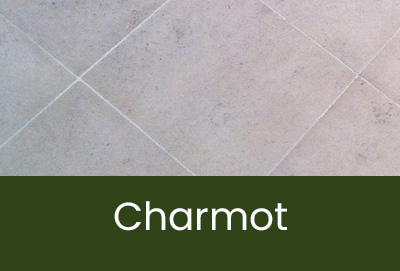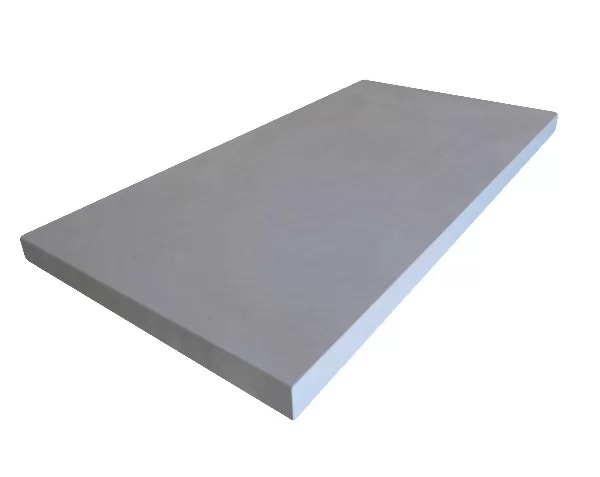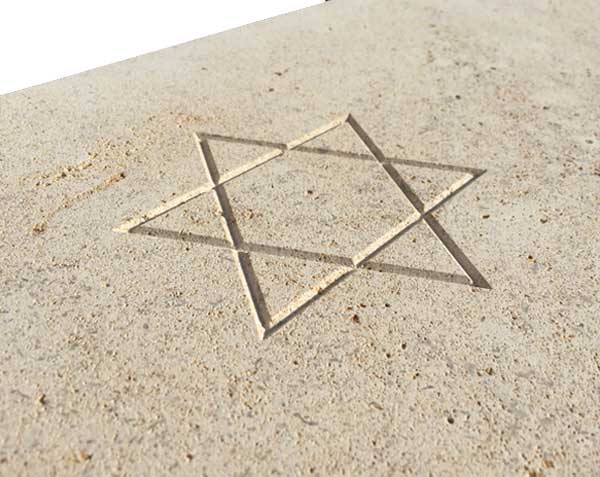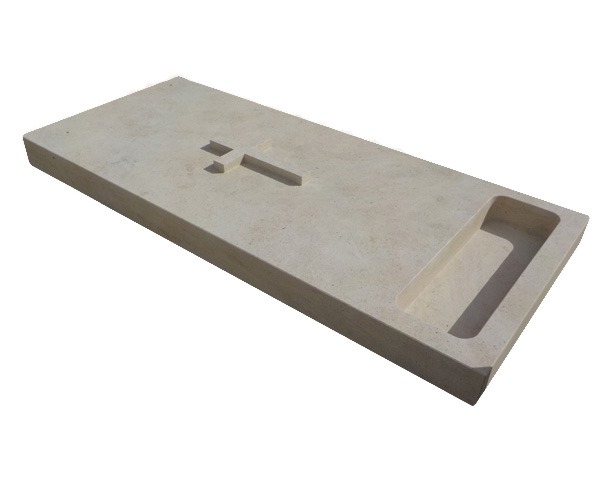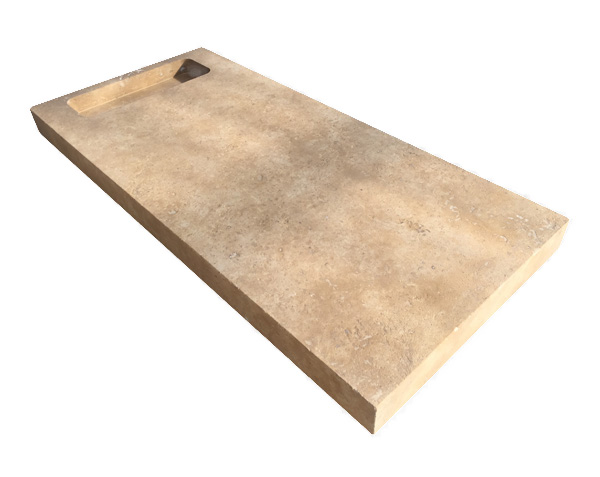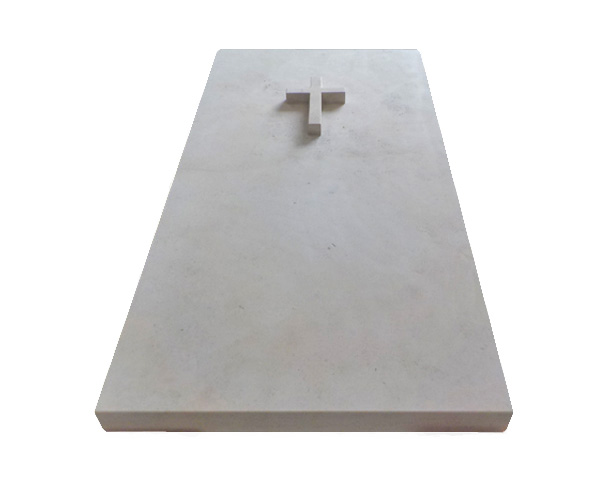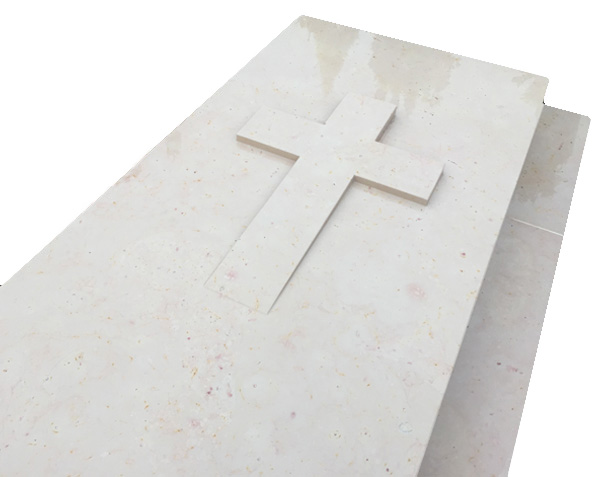What do I need to know about stone tombstones ?
Simple stone tombstones are funerary monuments used to mark and honor the graves of the deceased. Here are some important things to know about stone headstones:
1. Materials: Simple headstones are usually made from different varieties of stone, such as granite, marble, limestone, or sandstone. The choice of material often depends on cultural preferences, local availability, and budget.
2. Shapes and sizes: Stone headstones come in a wide variety of shapes and sizes. The most common are rectangular with a flat face to allow the engraving of information about the deceased.
3. Engravings: Tombstones are usually engraved with information such as the name of the deceased, their dates of birth and death, as well as inscriptions, religious symbols, or quotes. Engraving is often done using traditional techniques, such as sandblasting, CNC engraving, or waterjet cutting.
4. Decorative elements : Stone headstones can be adorned with various decorative elements, such as carved designs, religious symbols, flowers, crosses, epitaphs, photographs, or sculptures depicting the deceased or symbols of their life.
5. Maintenance: Stone headstones require maintenance to preserve their appearance and strength. This may include cleaning to remove dirt deposits, applying water repellent to protect the stone from the elements, as well as restoring in the event of damage or wear and tear.
6. Local regulations : It is important to check local regulations regarding stone headstones, as each cemetery may have specific rules regarding the dimensions, materials, inscriptions, and decorative elements allowed.
7. Symbolism: Some stone tombstones may have funerary or religious symbols that have a special meaning. For example, a cross may symbolize the Christian faith, a Star of David may represent Judaism, or a lotus may be associated with Buddhism.
It is important to note that funerary practices and traditions vary from culture to culture, and therefore the specific characteristics of stone tombstones may differ depending on the cultural and geographical context.
